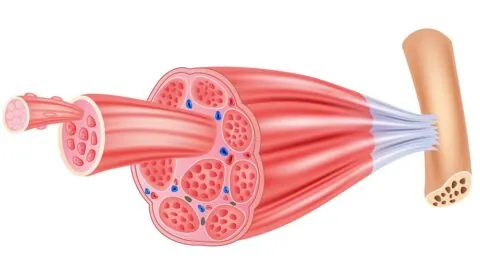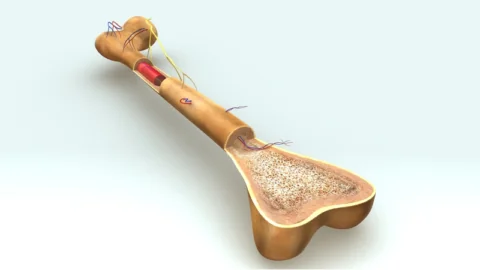November 21, 2024
In Aging Cell, researchers have described the specific cell types that give exercise protective effects against motor nerve degeneration. A different level of back problems With aging, the prevalence of nerves connecting to muscle tissue dwindles, a phenomenon known as denervation [1]. This has been linked to a depopulation of the alpha motor neurons in...
November 06, 2023
Researchers publishing in ACS Nano have described how culturing stem cells on nanogratings instead of flat substrates changes the effects of the extracellular vesicles (EVs) they send, potentially paving the way to a new system of therapies. When signaling is critical Many of the effects of stem cells can be traced back to the EVs,...
November 08, 2022
Scientists have shown that injection of extracellular vesicles secreted by young adipose-derived stem cells increases fitness and promotes tissue rejuvenation in aged mice [1]. Mode of communication Small extracellular vesicles are one of the ways in which cells communicate with each other [2]. Basically, cells engulf molecules, such as proteins, DNA, and RNA, in pieces...
January 03, 2022
A study published in Aging Cell has shown that senescent cells impact the way that CD4 T cells differentiate into types and that senolytics can restore this differentiation to a more youthful one. Not all T cells are the same CD4 T cells, often known as helper T cells due to their recruitment and signaling...
November 15, 2021
In a study published in Aging, researchers have found that younger hematopoietic cells can restore older hematopoietic cells through microvesicles, which are facilitators of intercellular communication. Why we Age: Altered Intercellular CommunicationAltered intercellular communication, as described in the Hallmarks of Aging, is the change in signals between cells that can lead to some of the...
September 13, 2021
Publishing in Nature Communications' Cell Death Discovery, a team of Chinese researchers has discovered a reason for thymic involution, the age-related decline of the thymus. The thymus and its involution The thymus is a boot camp for T cells. Originating from bone marrow, T (for thymus) cells are chemically trained in the thymus, where they...








